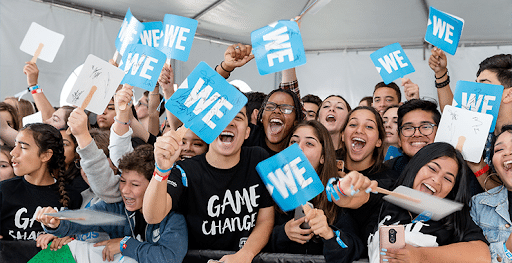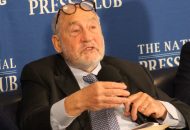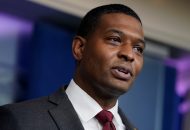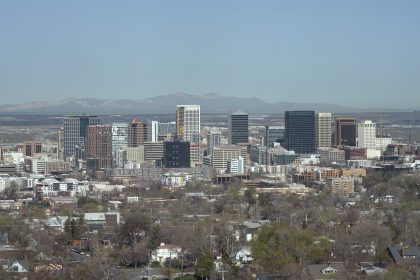How to Nurture a Mission-Driven Culture for a Growing Millennial Workforce

With Millennials emerging as the largest demographic in the American workforce, companies are struggling to understand how to engage a rising tide of young employees who are looking beyond a paycheck to a sense of purpose and impact. A Cone Communications study on Millennial engagement reports that 64% won’t accept a job if a company doesn’t have a strong culture of corporate social responsibility.
WE finds itself on the frontlines of this generational shift, with 87% of the organization’s employees identifying as Millennials and Gen Z (born in or after 1995). Throughout its evolution, WE has strived to nurture the mission-driven culture at its core while ensuring that its growing team feels supported to succeed as professionals. No easy task, but our learnings may hold insight for other companies looking to appeal to a new breed of employee.

In its first incarnation, WE was a youth activist group driven by an idealistic, all-volunteer staff. They worked out of the home of its teenaged founder, whose parents eventually had to find another place to live. The top floor was given over to housing interns; the main floor littered with makeshift cubicles, clunky donated computers and a couple of cordless phones. Staff were keenly connected to the impact they hoped to make. They had to be. What else would keep them there?
Over the past 20-plus years, WE has grown from a club of school kids into a multinational charity and social enterprise with over 1,000 employees in North America, the UK and country offices in East Africa, Ecuador and India. The organization has achieved widespread social impacts at home and abroad.
I originally joined WE on a six-month part-time contract in 2016. I came in as an HR professional with two decades of experience working with multinational pharmaceutical companies, and smaller, technology-based firms to develop people management strategies that allow for real growth. I imagined that WE would be just another client, but halfway through my contract, I was hooked.
There is a spirit and energy here that I’ve never seen before. You are routinely surrounded by people who are in the business of doing good.
WE relies on data and metrics to measure our results, relentlessly looking for opportunities for refinement. We recently invited Lee Hecht Harrison Knightsbridge, a management consulting firm, to study our culture and explore themes from our 2018 employee engagement survey. The objective was to better understand the staff experience and identify areas for improvement. Knightsbridge reported that staff of all tenures described WE as having a “contagious energy stemming from a unified passion to make a difference, both in their local community and worldwide.”
More than 20 years after its inception, however, WE has arrived at a key inflection point. In the last three years alone, its employee base has increased by 27% to meet an ambitious set of goals. How do you transition from a team-based, start-up mentality to a mature, professional environment, without compromising the ideals that brought you together in the first place?
For the last two years, I’ve been focused on finding solutions to this problem. This means designing our people programs and processes to ensure
that all employees have a line of sight to our vision, mission and values. This is challenging because WE is organization of social entrepreneurs accustomed to forging a unique path. While it achieves remarkable innovations, there isn’t always a clear road map for employees. So my team is working to put enough infrastructure in place to help people succeed without making it a corporate environment or compromising our entrepreneurial spirit. We are investing in technology, internal communications and training to help staff develop careers connected to the impact that first drew them here.
Experience has also shown us that successful Human Resources strategies for Millennial employees contain the following five elements:
- Strong managers who can act as coaches and mentors, providing crucial feedback and investing the time to develop younger employees.
- Clear career development strategies and pathways that help staff navigate their progress as professionals.
- A culture- and values-based approach to recruitment. Purpose-driven employees want to work with like-minded colleagues whose values align with their own.
- A holistic approach to reward systems that goes beyond financial incentives. Employees want to see and feel their impact, and organizations need to show them how their contributions connect to the big picture.
- A culture that allows for and nurtures relationships at work, through team based projects and opportunities to socialize.
As WE continues to evolve, I believe our strong culture will continue to be a valuable enabler, a key differentiator, and an inspiration to other organizations looking to engage the Millennial workforce. It is a robust culture of people driven by passion, people who understand that business as usual is a thing of the past.
—
Victoria Macdonald is a HR industry expert and currently serves as the Chief People Officer at WE.
























